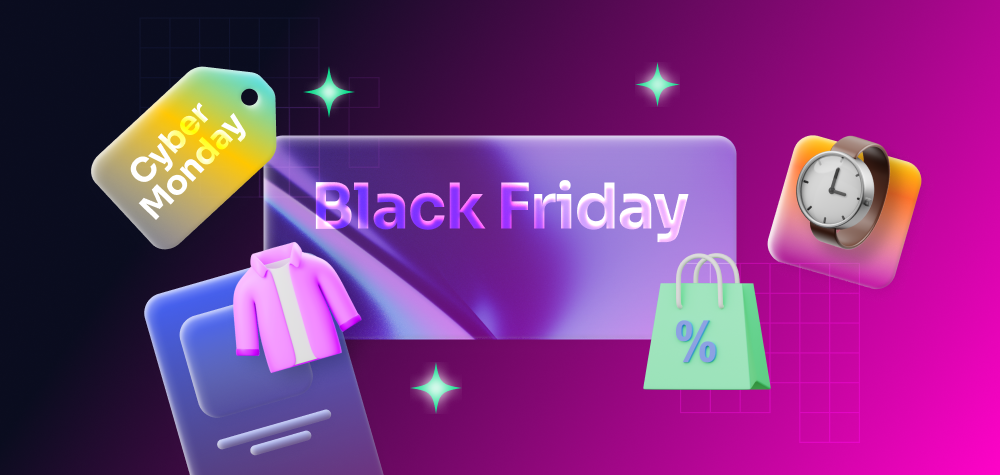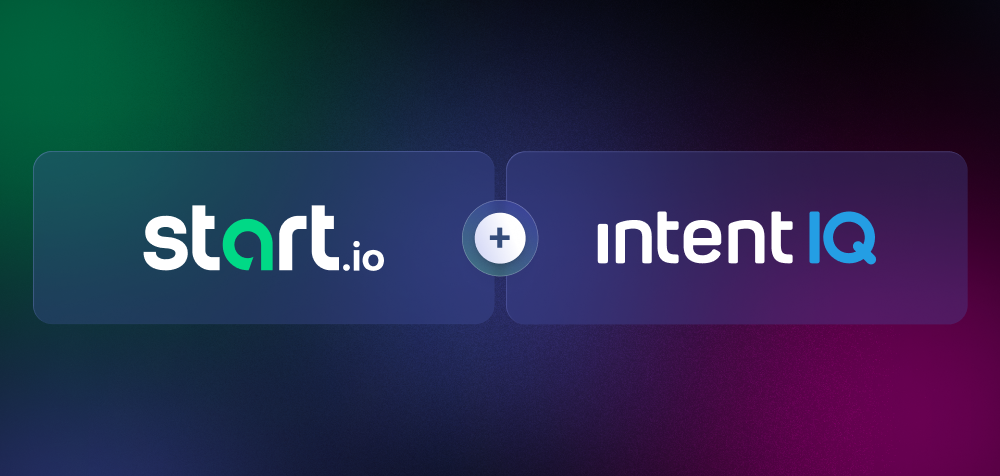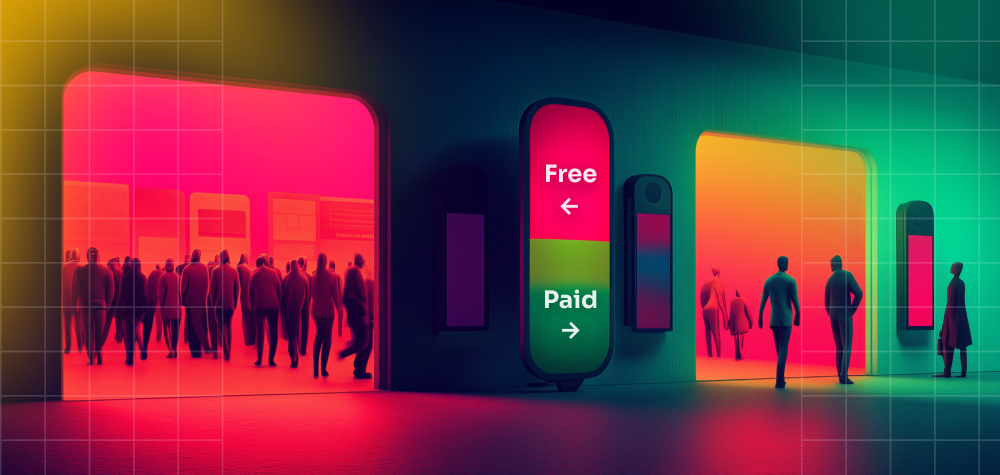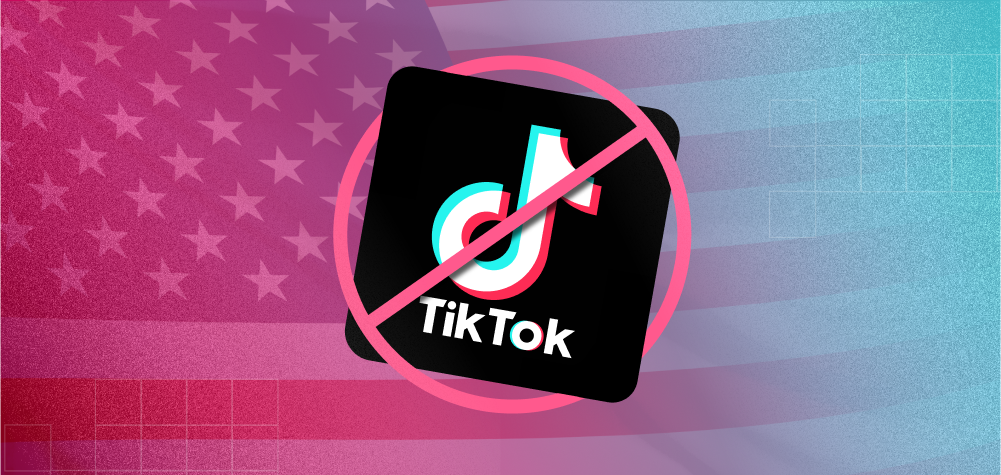Black Friday is the biggest shopping day of the year, hands down. In 2022, Black Friday online sales broke every record, with $9.12 billion spent in the US alone – an increase of more than 2% compared to the previous year.
Although the Black Friday and Cyber Monday shopping frenzy hits in November, marketers are preparing their campaigns earlier than ever. In fact, a smart way to approach the holiday shopping season is to take a look at what happened during the peak shopping day of the summer: Prime Day.
What happened on Prime Day?
Amazon’s Prime Day, which takes place in July, is a useful precursor for what online retailers and advertisers can expect in the upcoming holiday shopping season. That’s why it’s a great idea to take a look at the consumer trends and results, and see how these can inform and inspire your holiday advertising strategy in the busy Q4.
Let’s take a look at some of the highlights from Prime Day 2023, courtesy of Numerator:
- The top three selling categories were: Home Goods, Household Essentials and Apparel & Shoes.
- 52% of purchases were for items that customers were waiting to go on sale.
- 32% of purchases were for items that customers typically buy on Amazon
- Females were far more likely to buy than males.
- The average price per item purchased was a comfortable $32.35.
- Over two-thirds of households placed 2 or more separate orders during the sale period.
Make Black Friday shopping fun
While Prime Day is a fast and furious shopping period, the Black Friday/Cyber Monday advertising season stretches for longer. This provides ample opportunity for advertisers to engage target audiences with awareness campaigns in the weeks before the sales, and gear up campaigns towards conversion-focused goals as the big day approaches.
A great way to do that is by creating ad experiences that are interactive and exciting. Mobile devices are ideal for gamification, and advertisers can leverage Black Friday buzz with ads that draw the user in, compelling them to engage and participate. For example, rewarded video ads entice the user to watch the complete video in exchange for a reward at the end. This is a solid tactic to unlock discount coupons for Black Friday deals while keeping the attention of the user and building awareness during the complete video.
Think long haul
If it seems that Black Friday shopping season starts earlier and lasts longer with each passing year, that’s fairly accurate. With the increased competition among online retailers, advertisers are getting in the game early to try to win mindshare well in advance of Thanksgiving.
In fact, the advertising season tends to begin in late summer, and peak in the week after Halloween up until Cyber Weekend. But it doesn’t end there.
The shopping season vibe continues till Christmas and after New Year too. Mobile advertisers should ideally plan out their holiday campaigns from now until January with a continual stream of campaigns, punctuated by more intense periods of advertising at key strategic times. These include:
- Several days before Halloween
- Two weeks before Black Friday, continuing until Cyber Monday
- Three weeks leading up to Christmas
- After January 1 until mid-January for new year sales and offers
Looking to unlock mobile audiences that are interested in deals in your industry or niche? Check out the Consumer Insights & Audiences Hub and explore the best target audiences to meet your Black Friday ad revenue goals, or get in touch.



